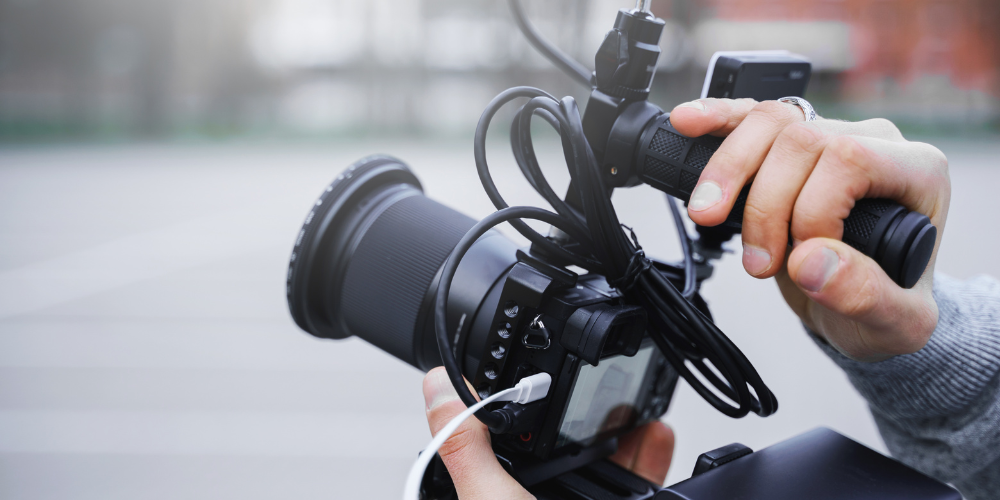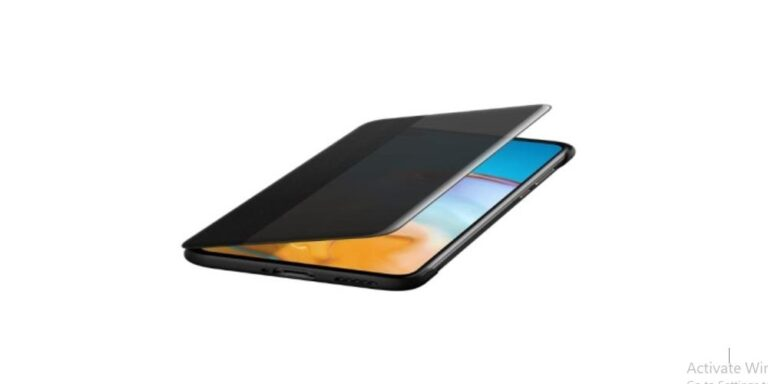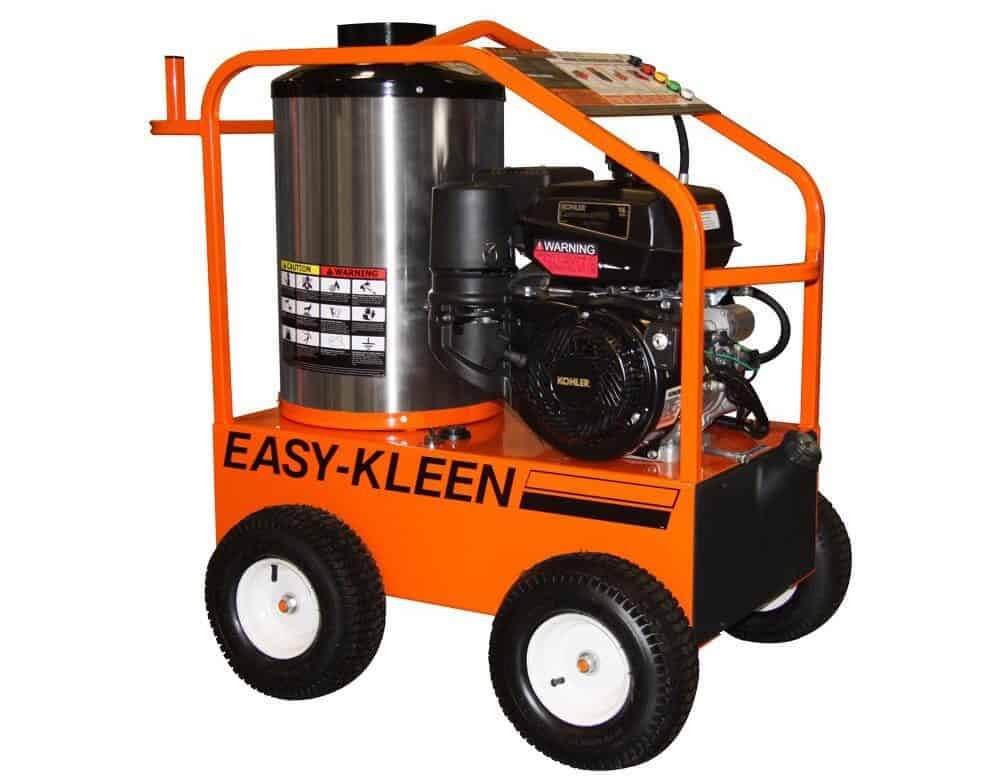Cameras are devices that capture light and turn it into a digital image. They do this by taking in light, focusing it onto an imaging array, and using an electronic shutter to allow the array to capture the light. In addition, cameras can take multiple images per second depending on the type of camera being used and how fast its shutter is able to open and close again.
This article will explain how rotating cameras work by breaking down their components into five main groups: optics, imaging array, lensing system/lens groupings), spatial resolution determination), and temporal resolution determination). After reading this post you will know everything there is to know about rotating cameras from optical design all the way through temporal resolution determination!
An Overview of Rotating Cameras
Rotating cameras are used to capture images in a 360-degree field of view. They offer the same benefits as panoramic cameras, but with a few added advantages. Rotating cameras use two different lenses in order to capture the full image: one lens is on top of the camera, while the other is at its bottom. To get one for yourself visit here 360 spinning/rotating camera rig/dolly.
Each lens has its own shutter and aperture (and sometimes an IR filter), which means that they can be controlled independently from each other. This allows them to work simultaneously so that both images will be captured at once—even if they’re not exactly facing each other!
So how do these differences make rotating cameras better than their panoramic counterparts? Well firstly there’s cost—rotating cameras may cost more than panoramic ones initially but over time you’ll save money by spending less on film rolls or storage devices since your photos will all fit into one place (instead of multiple places). Another benefit comes from increased resolution since both sensors are capturing data simultaneously instead of one after another as was done before
How Rotating Cameras Work
Rotating cameras are used in many applications, including medical imaging, industrial inspection, and surveillance. They allow you to capture images from multiple angles of a particular area at the same time. Rotating cameras are often used in manufacturing or assembly lines to monitor quality control processes or to ensure that all parts of a product have been assembled correctly.
Rotating cameras also have military applications. For example, they can be mounted on unmanned aerial vehicles (UAVs) so that operators can get a 360-degree view of their surroundings instead of just looking through a window like they would with an ordinary aircraft camera system.
The Five Components That Make Up a Rotating Camera System
A rotating camera system is made up of five components: optics, imaging array, lens, motor, and controller. The optics component collects light and focuses it on the imaging array which then converts it into an electrical signal. The lens component allows you to zoom in or out on your subject area quickly. You can also use a wide-angle lens if you want to capture more of the scene around your subject area.
The motor is responsible for moving both your optical system and your lens so that they rotate along with whatever axis you’re using (horizontal/vertical/diagonal). This can be done manually using gears or electronically using servos or stepper motors depending on how much precision you need from your camera setup.
The Optics of a Rotating Camera System
A rotating camera system is comprised of several optical elements, each of which has a specific role in the imaging process. The lens focuses light onto an image sensor, while the objective focuses light onto an image sensor. A mirror reflects light onto an imaging array, and a prism separates colors.
The Imaging Array in a Rotating Camera System
The imaging array is the device that captures the image. It has a number of pixels arranged in an orderly grid, which can be thought of as tiny light-sensitive film strips that capture light and turn it into an electronic signal. The size of this grid is determined by the resolution of the camera—a higher resolution means more pixels per inch, while a lower resolution means fewer (or larger) pixels per inch.
Each pixel contains a capacitor or photodiode that converts light into energy stored in an electric charge on its surface. This creates what’s known as a “charge-coupled device” (CCD).
The Lens in a Rotating Camera System
The lens in a rotating camera system is used to focus light onto the imaging array. It can be made of glass or plastic and come in a variety of shapes, such as spherical, cylindrical, or planar. The focal length of a lens is determined by the curvature of its surface: the greater its radius of curvature (i.e., the flatter it is), the greater its focal length will be.
The larger the diameter of your lens, the lighter it can collect from an object in front of it—meaning that you’ll see more detail in what you capture on film! However, this also means that at some point your camera will run out of space for all these additional rays entering through each new opening.
Conclusion
Hopefully, this article has helped you understand the basics of rotating cameras. Now that you know how they work and what components make them up, you can start looking into using one for your project!













